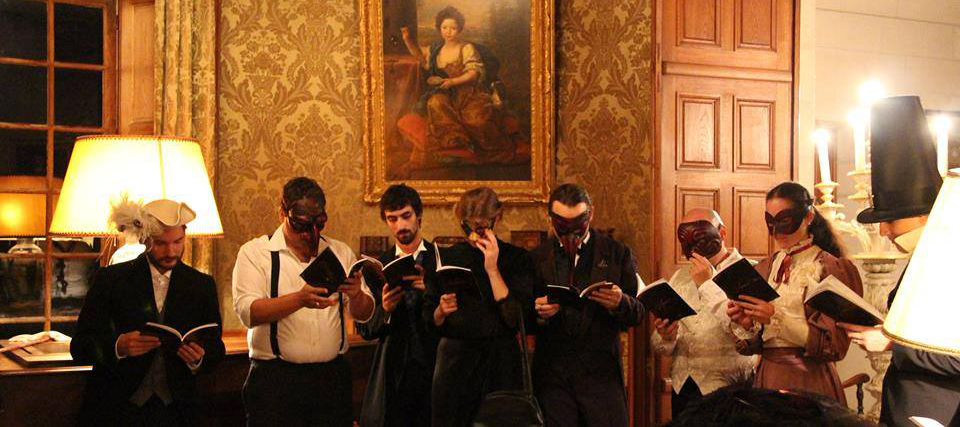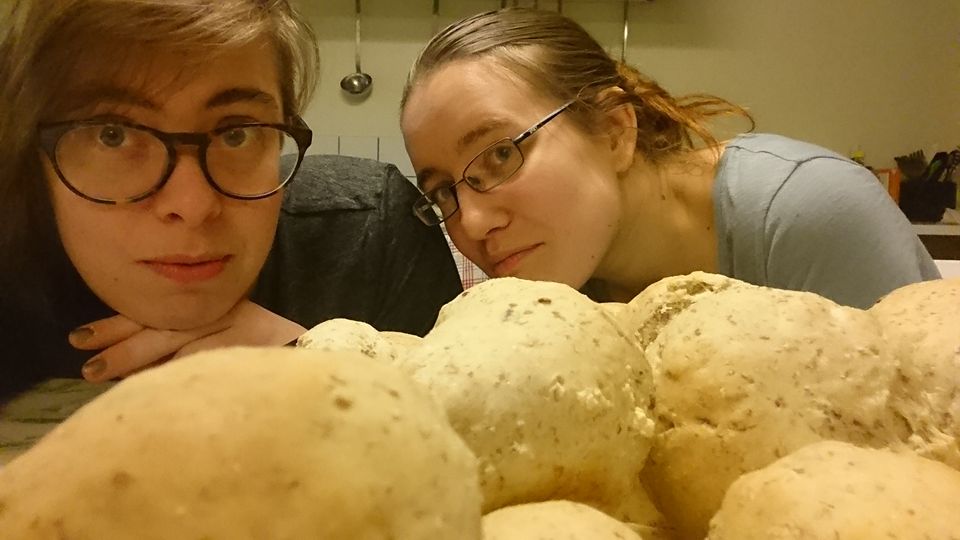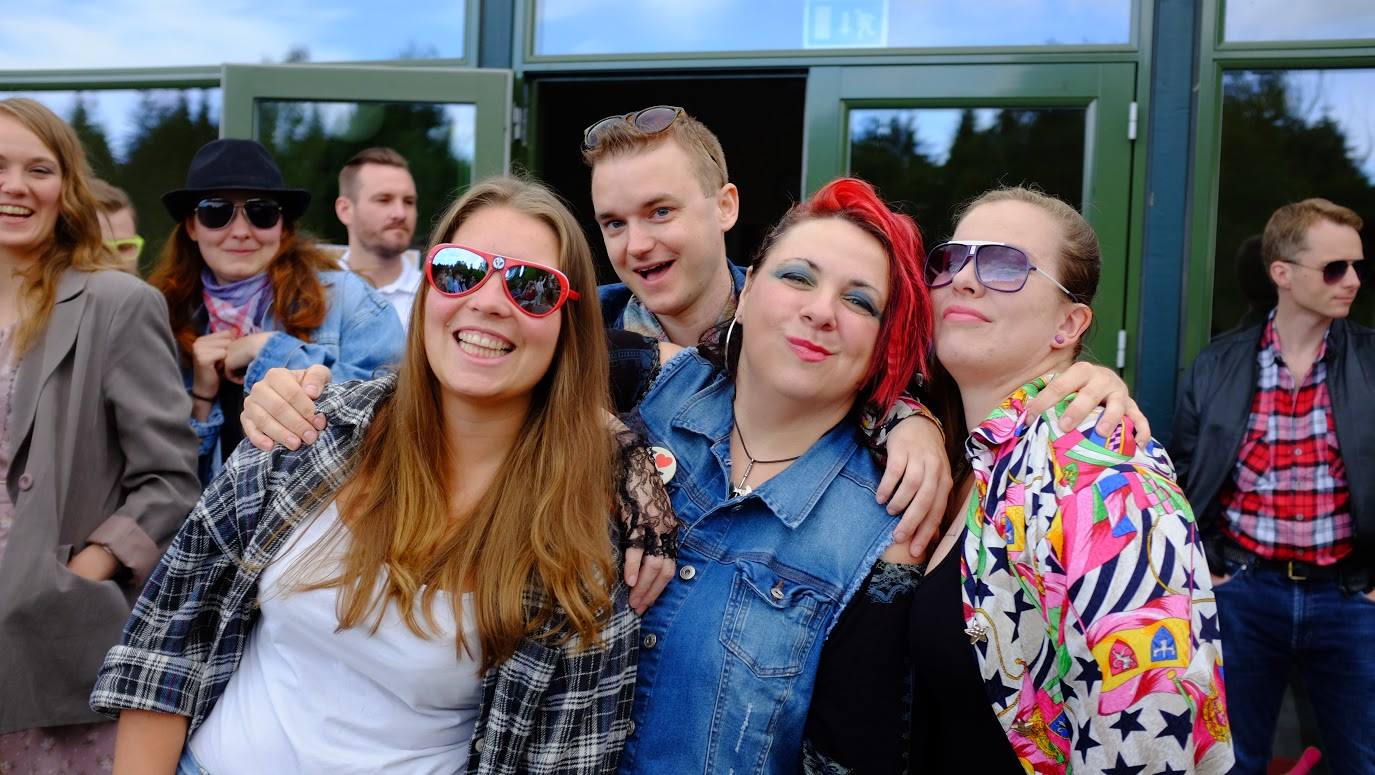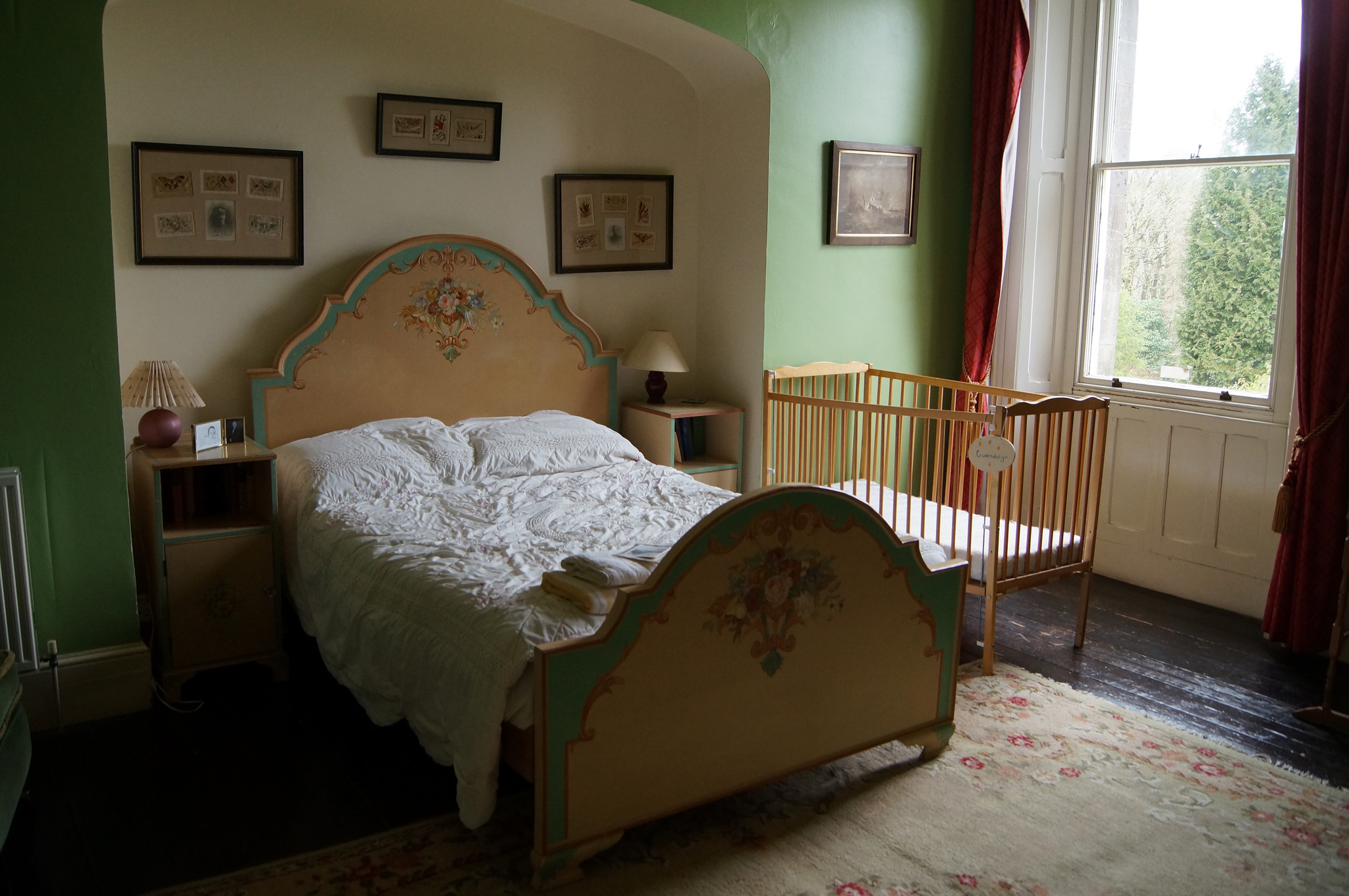Tag: Knutepunkt 2017
-

Telling Character Stories
in
There are many ways to tell character stories. Nordic larp design often implies that characters are written by the larpwrights. That’s not always the case.
-

Reply to Martine Svanevik
in
Disclaimer: The opinions expressed herein are those of the authors and do not necessarily reflect the official policy or position of Nordiclarp.org or any larp community at large. This text is a reply to a response from Martine Svanevik to an earlier text by Charles Bo Nielsen. First thing I will address is the point
-

Response to Charles B. Nielsen
in
Disclaimer: The opinions expressed herein are those of the authors and do not necessarily reflect the official policy or position of Nordiclarp.org or any larp community at large. This text is a response to an earlier text by Charles Bo Nielsen. He has in turn written a reply to this text. I agree with many
-

Loyalty to Character
in
Ask not what you can do for your character, ask what your character can do for you? Charles Bo Nielsen looks at how we perceive and use characters in larp.
-

Character-based Design and Narrative Tools in the French Style Romanesque Larp
This text aims to present the romanesque style larp in relation to other similar larp styles in Europe & establish some tools that are use to create them.
-

YouTube and Larp
Mo Mo O’brien shares how she accidentally became a YouTube celebrity and offers some tips on how you can successfully create videos about larp.
-

Playing the Stories of Others
in
Larps that treat social issues often aim to create empathy for real people who live in circumstances different from ours by putting us in their shoes.
-

Food for Thought: Narrative Through Food at Larps
in
Food is an essential part of culture. Taste and smell may be more abstract senses but they have the power to bring strong experiences, no less so in larp.
-

History, Herstory and Theirstory: Representation of Gender and Class in Larps with a Historical Setting
in
History can be an amazing source of settings for larp! Here are some ways to make sure you’re doing justice to the underprivileged of the past and of today.
-

Moment-based Story Design
in
Most larp war stories have been provoked by moments of intense experience, of intense emotion. How can we design larps to create these moments?